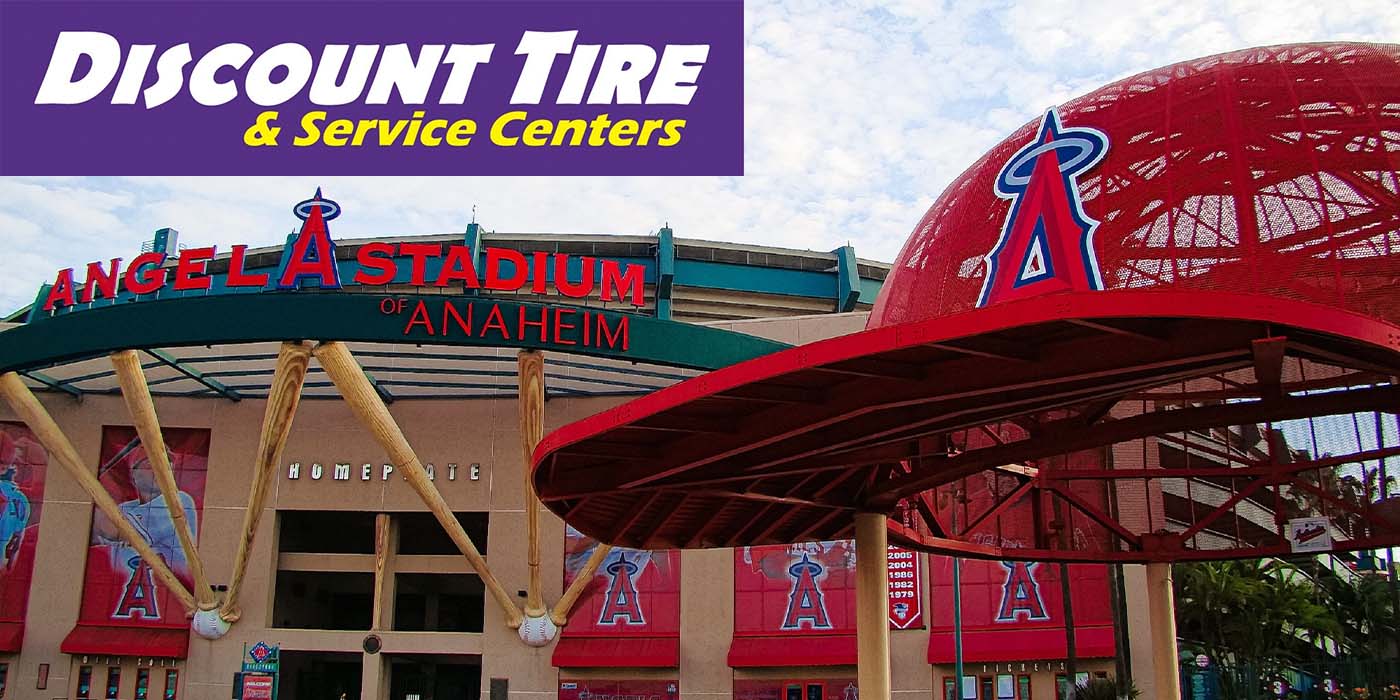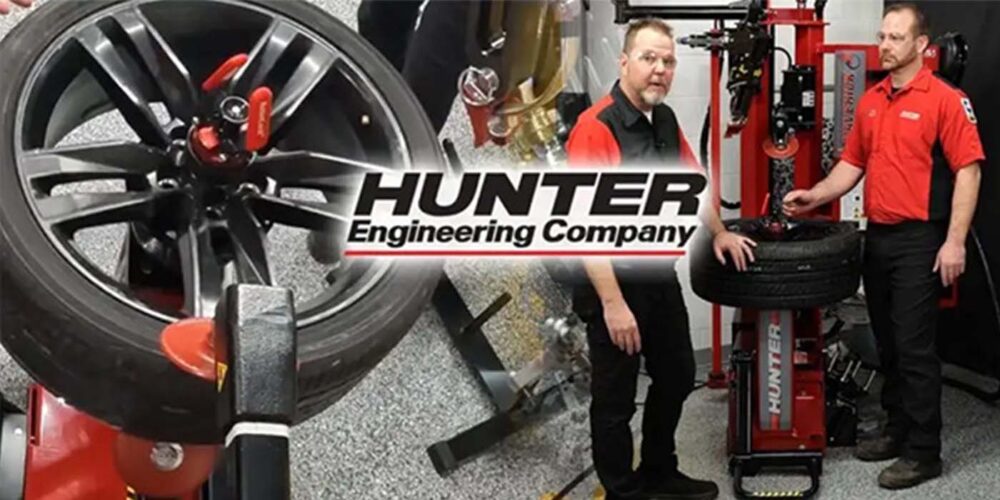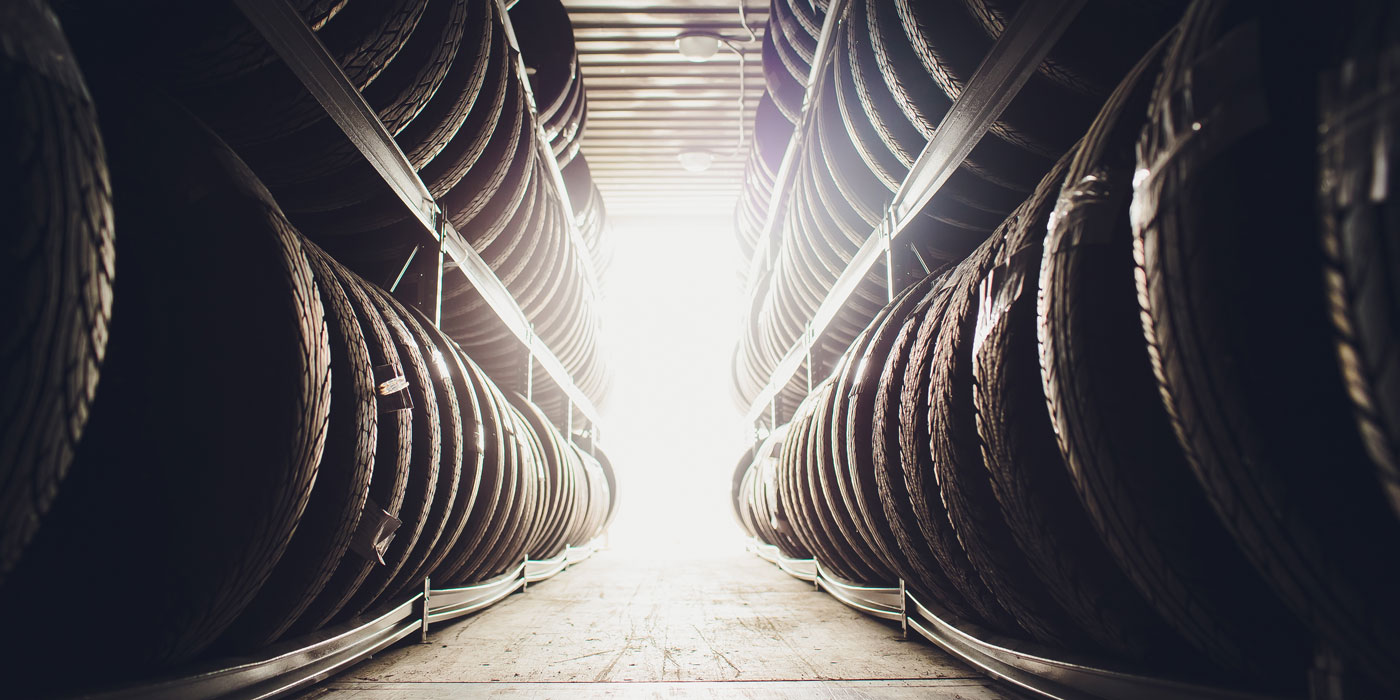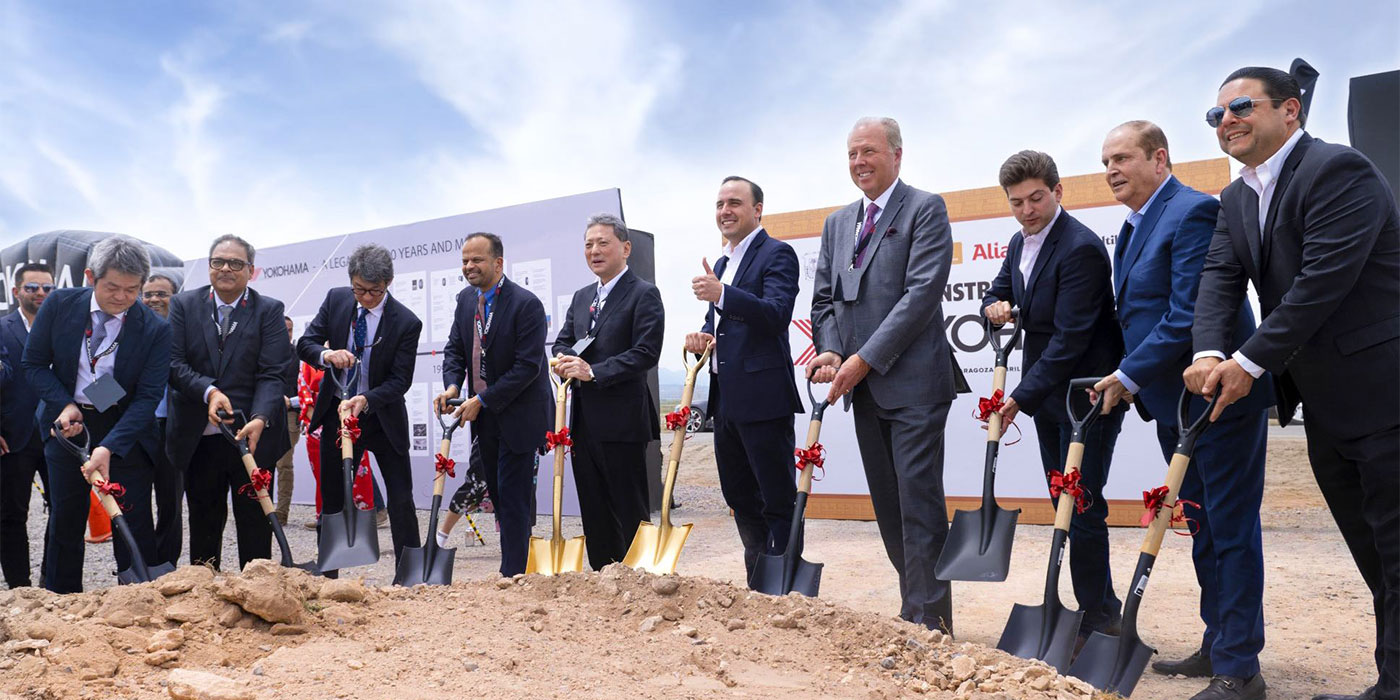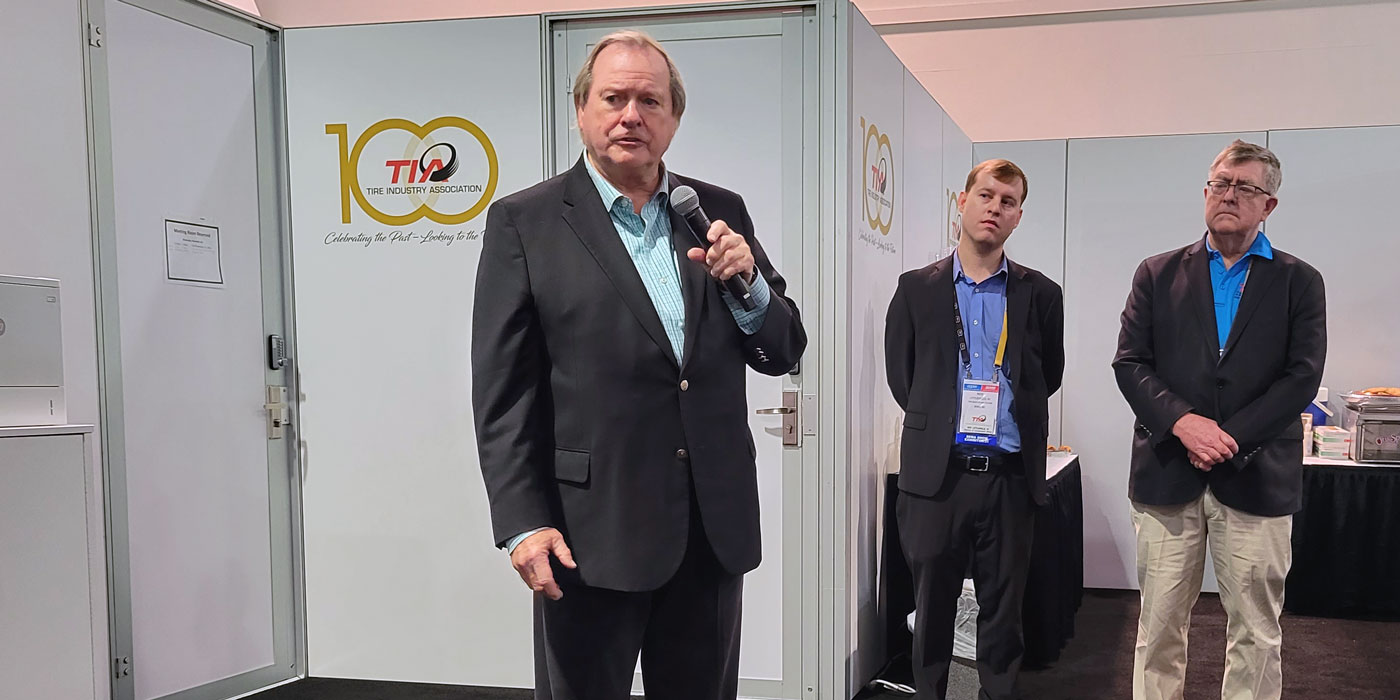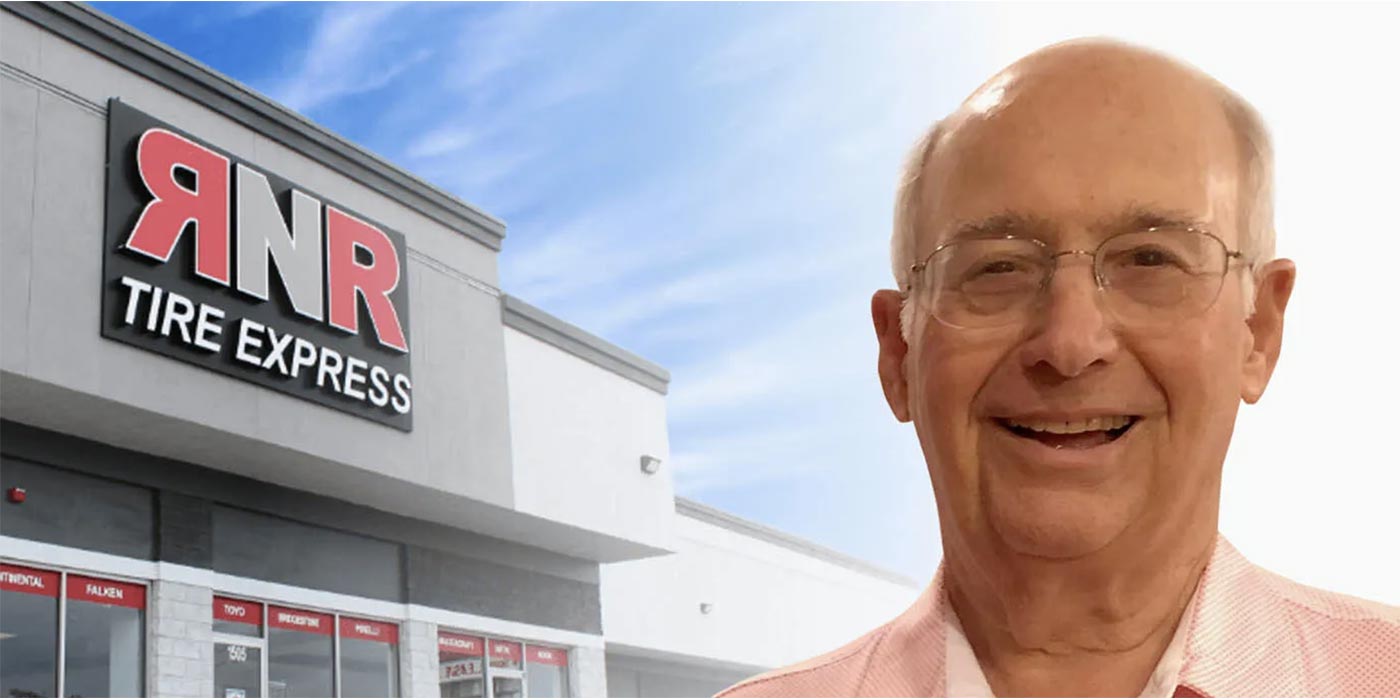At that, I’m usually met by blank stares and looks of incredulity, as if the notion of designing and making a tyre is akin to watching grass grow. But they can be forgiven for their misplaced scepticism as they’re likely unaware of the research, development and design genius that takes place long before a tyre leaves the production line. Modern tyre technology is not only sophisticated, it’s setting new, previously inconceivable benchmarks. So where is tyre technology headed and what will the tyre of the future look like? We ask those in the know.
When it comes to strategic focus and future developments, every global tyre maker has its own agenda, but our investigations revealed a number of common buzz words around this issue, primarily, interactive, green and fuel-efficient. Evidently, these are the main trends driving tyre technology today.
Of course, improving tyre performance and maximising tyre mileage in the face of today’s high performance vehicles becoming more sophisticated and luxurious than ever before, remains at the forefront of innovation and new tyre development.
“Throughout the technical evolution over the last several years we’ve seen car manufacturers producing heavier, more powerful vehicles,” suggests Jens Voelmicke, manager of brand and product at Goodyear Luxembourg. “Take the first Audi Quattro compared with today’s RS4, for example: 200 PS compared with 420 PS and 1331kg compared with 1721kg. Or the Golf: the Golf 1 GTI weighed 830kg whereas the latest one is more than 1.3 tons.
“Simultaneously, these heavy and powerful cars are equipped with an increasing number of active and passive safety devices,” he said. “The safety equipment of a car 25 years ago was a safety belt. Today, the words ABS, ESP, airbags and so forth are being bandied about.”
“We are seeing an increase in the number of cars with an ESP system, which infl uences the way a tyre is designed and tested,” concurs Dr. Holger Lange, research and development for Continental AG. “Currently, we are adapting many of our tyre test procedures to include the ESP system.”
“Automotive safety systems can be categorised into two general types: passive safety systems that help protect in accidents and active safety systems that help drivers to avoid accidents in the first place,” adds Goodyear’s Voelmicke. “With the evolution of tyre technology we can see a visible increase in active safety effectiveness as the tyre (the only vital link between all active safety systems and the road) constitutes a key contributor to active safety.”
The quest for the ‘perfect’ tyre In an ideal world, a tyre would be able to deliver performance and mileage equally well. In reality, this seemingly unattainable goal has eluded tyre scientists for decades, although, some claim that significant strides have been made. “The trade-offs between various tyre performances and characteristics demonstrate the complexity and challenges in tyre development, confirms Voelmicke.
“That said, we believe that Goodyear continues to raise the bar across all tyre performance indicators, and that we are producing tyres with improved performance and improved mileage. An excellent example of tyres with improved performance and mileage are Goodyear’s brand new Regional RHS II (Regional Haul Steer) and Regional RHD II (Regional Haul Drive) truck tyres which feature the new KMax Technology. The tyres are able to achieve 25% more mileage, which is an outstanding improvement over the Regional RHS II and Regional RHD II tyres. They are also capable of shorter wet stopping distances and improved fuel consumption,” he says.
Danie Langner, technical director for Dunlop Tyres agrees. “Most manufacturers are already achieving this with the use of new generation polymers and materials – Dunlop included.” But will we ever be able to achieve that perfect balance? Continental’s Lange responds: “Yes and no. If you compare today’s premium tyres with tyres from let’s say 20 years ago, you will find they are better in both disciplines, so yes, in essence, we have achieved this.
But are we at the limit? No. There will always be a need for more performance and more mileage. In an ongoing quest to provide motorists with unparalleled tyre performance and ride comfort, the world’s leading tyre companies continue to come up with revolutionary technologies and systems.
Recent notable arrivals include Michelin’s Energy lines (Michelin’s first green tyre arrived in 1993) for the passenger and commercial segments for better fuel consumption and lower CO2 emissions, Michelin’s X One and anti-splash for truck safety and the NZG tyres designed specifically for aircraft safety. Early this year,
Pirelli unveiled its all-new PZero-the-Hero which is alleged to be the most technologically advanced product to ever come out of Pirelli research and Goodyear came up with the ‘Active Cornergrip Technology’ for the new Eagle F1 Asymmetric which is said to increase the ‘tyre-to-road’ contact on the inside of the contact area for cornering with enhanced grip. And the Michelin Pilot Sport 2 Exalto 2 – VCP (Variable Contact Patch) ensures that during hard cornering the vehicle weight is carried almost entirely on the exterior edge at the tread. This is where VCP comes in handy as it works to increase the amount of rubber contact with the road. And then there’s run-fl at tyre technology.
On this level, Bridgestone instantly springs to mind, particularly as it is the first South African tyremaker to start commercial production of run-flat tyres for the local and international market. As far as Bridgestone is concerned this achievement signals the manufacturer’s superior position in tyremaking as the specification approval is testament to Bridgestone’s innovation and technologically advanced manufacturing processes.
Another interesting technology – pioneered by Michelin and widely considered to be the most notable since its introduction of radial tyres in 1952 – is something called Durable Technologies. This involves the introduction of a continuous steel belt, at a length of 400 metres around the crown that allegedly delivers unrivalled robustness, greater longevity, retreadability and even wear.
In recent years buzz words like rolling resistance and fuel efficiency have been doing the rounds as tyre manufacturers explore new ways to improve a tyre’s rolling resistance in a bid to improve fuel consumption. According to Michelin, a tyre’s rolling resistance is defined as the energy consumed by a tyre per unit of distance travelled.
And the main factors that influence tyre rolling resistance are numerous and varied. Tyre structure and materials play an important role as does tyre size (a large outside diameter means lower rolling resistance). The speed index also plays a part as high-speed tyres generally have higher rolling resistance.
Tyre operating conditions also have to be taken into account. “An underinflated tyre is over deflected which means it has a higher rolling resistance coefficient,” says Charnel Hattingh, communications manager for Michelin SA. “A mere 0.5bar underinflation translates into 12% more rolling resistance and should a tyre be underinflated by as much as 1bar, this will translate into 30% more rolling resistance.”
Other influences include outside temperature (an increase of 10°C corresponds to a 6% reduction in rolling resistance), tyre operating temperature (a cold tyre has 20%-30% more rolling resistance than a warm tyre), road surface (a macro-rough surface may mean 40% more rolling resistance than a smooth surface) and vehicle wheel alignment (more toe-in/toe-out and more camber means more rolling resistance).
“The right tyres can save you fuel,” continues Hattingh. “Studies have shown that fitting Michelin Energy tyres can result in fuel savings up to 5% and this can be improved even further by proper tyre care (underinflated tyres result in higher fuel consumption). Wheel alignment also plays a significant role in reducing fuel consumption and preventing uneven wear – so check your alignment every 10 000km!”
Manufacturers go ‘green’
This is where energy efficient tyres come in as they greatly contribute towards lower rolling resistance. Because tyre rolling resistance accounts for 1/5 of all the energy used by a vehicle, tyre energy efficiency is a key parameter of vehicle fuel consumption. And for this reason, global tyre companies are all setting their sights on producing ‘green’ tyres that will help achieve better fuel consumption whilst also satisfying environmental concerns.
A recent exercise conducted by Michelin in Europe recently revealed that a 25% improvement in tyre efficiency via a 25% reduction in tyre rolling resistance cuts European medium car fuel consumption by 0.21l/100 (approximately 3%) providing the following benefits:
• Almost 100 litres of fuel savings over the life of the tyre
• Almost 120 euros in monetary savings
• An extra 1,300km in free fuel over the life of the tyre (an extra 380km in free fuel very year)
• 6g less of C02 emitted per km for a new vehicle and a total reduction of over 230kg in vehicle C02 emissions over the life of the tyre.
• Oxygen from 250,000 litres of air saved each year in fuel combustion (this is what one person breathes in 17 days)
And it would appear the industry’s efforts in this area are backed by credible sources. The European Commission (as part of the EU’s LIFE Environment programme) recently awarded Goodyear a grant in support of the company’s initiative to develop an ultra low rolling resistance tyre with a new compound made from an environmentally friendly resources such as corn starch.
“The objective of the project is an in-depth analysis of a tyre’s structure, aimed at minimizing energy loss while the vehicle is in motion,” explains Voelmicke. “This project has the potential to lead Goodyear to tyres with lower rolling resistance, better durability and shorter braking distances. Goodyear – together with its development partner, BMW – will develop the tyre formulations and test the prototype tyres as well as the optimized tyre structure.” tyre structure.”
Another important trend to consider, according to Goodyear, is the commercial tyre business. The recent development of Goodyear’s new AirMax concept is as a result of demand from truck manufacturers for increasing the weight capacity of front axles without compromising any vehicle or tyre performance criteria. Extra equipment to meet increasingly stringent emission regulations and indivisible loads, such as car transporters, are two reasons for this, as is the need to reduce road damage, which has become an important issue with some countries penalising vehicles that cause damage.
In recent years there have been weight gains on trucks due to emission control equipment, more sound insulation around the engine and extra spray suppression equipment to meet legal requirements. Safer, more spacious and comfortable cabs have pushed up kerb weights further still and payload margins have been reduced. Most of this increase is delivered onto the front axle which is why truck manufacturers have turned to tyre manufacturers to develop tyres that offer higher load indices without undesirable ‘side effects’.
Bridgestone worldwide has also taken a position to focus on how best to leverage its technology to advance environmental preservation by cutting back on C02 emissions in tyre manufacturing and tyre performance on a vehicle.
“Fuel efficiency in tyres go hand-in-hand with technology applied to reduce C02 emissions and the principle is based on optimising the rolling resistance of a tyre, whether truck or passenger,” states Romano Daniels, public relations GM for Bridgestone South Africa.
“Tyres in operation shed rubber molecules on the road surface (that is how tyres ultimately wear) which tend to form black tracks on road surfaces of even on your newly paved driveway. These rubber molecules are a result of rapid or gradual wear of the tread area.”
According to Bridgestone, the sidewall and tread area of a tyre play an important part in promoting both fuel economy and the reduction of C02 emissions. The principle is based on the fact that because tyre wear contributes towards road safety, the technology in compound design promotes the vehicle’s fuel efficiency thereby cutting down the vehicle’s C02 emission. In short, in order for the tyre to achieve a more even flow on the road, the technology must allow for less rolling resistance.
“Bridgestone has been working on this technology for the last five years,” continues Daniels, “by installing co-generation systems to cut C02 emissions, by attaining zero emissions at all 58 of Bridgestone and its subsidiaries’ production facilities in Japan and by achieving significant waste reduction called “Kanzen zero emissions” at all 15 Bridgestone production facilities in Japan.”
“We were able to lower the rolling resistance of our passenger car tyres within the last 25 years by more than 30%. Currently we are working on lowering rolling resistances further but without compromising on safety. Our target is to produce a very safe with a low rolling resistance,” says Lange of Continental.
“The latest silica technology that has been introduced into our high performance range coupled with a change in the materials used, has greatly reduced tyre masses,” adds Langner of Dunlop.
Tyre tracking devices
And as if all these technological breakthroughs were not enough someone came up with the concept that if a tyre can achieve all these things, it should also be able to somehow actively communicate and interact with the vehicle. Enter tyre-tracking devices.
Bridgestone says the technology for tracking tyre performance digitally is well underway. This means that tyers of the future will have a digital marker embedded in the tyre to store relevant information. With periodic checks the user will obtain feedback on tyre performance as well as feedback from the experts on how to derive the best from the tyre in terms of sustainability and adhering to the safety imperatives of a tyre. Even Bridgestone’s South African operations are in the process of performing studies with respect to the integration of all its stakeholders as well original equipment manufacturers and government since no legislation currently exists that governs digital advancement in tyre tracking.
Pirelli Tyres is also pursuing this line of development. “The development of the run fl at technology has also brought with it research into systems for controlling the pressure within the tyre,” says Alessandro Marchi, managing director of Pirelli Tyres SA. “Pirelli is now in a position to offer the market an entire range of valve sensors, radio systems capable of dialoguing with Bluetooth cell phones and devices for the automatic reinflation of the tyre in the case of loss of pressure.”
This range of devices includes the K-Pressure system, which through the insertion of a sensor in the valve cap reveals in real time any tyre pressure anomalies and communicates them in various ways to the driver and the Cyber system. This is possible thanks to a sensor placed beneath the tread that transmits data on the state of the tyre to the vehicle’s on-board computer.
Compounds and tread designs
Safety in the wet has been identified as one of the highest consumer concerns according to Goodyear’s market research, at least as far as much of Europe is concerned. Goodyear’s latest technology used on the asymmetric tread design of the new Goodyear Eagle F1 Asymmetric is centered on improving tread design for better performance in the wet.
“Tread design is also the secret to ensuring a quiet ride,” says Voelmicke, “which is why special tyre noise engineers are extensively working on the optimisation of the tread design. Different tread block sizes and a staggered tread block arrangement result in an audible reduction of the noise frequency peaks when the tread blocks meet the road. This reduces the overall noise emission and allows silent driving comfort.”
“Tread pattern design is one of the most challenging tasks in tyre development,” suggests Lange. “The pattern design influences a number of aspects such as aquaplaning, noise and handling performance – and for winter tyres – the snow performance. Here we make extensive use of pattern simulation techniques on the computer, which helps us predict many tyre characteristics even before we start building the first prototypes.
“As for the tread compound, this delivers a lot of the performance of the tyre,” he adds. Although not very obvious – always black – here is where the innovation lies. Via the use of new polymers and specially designed materials we can shift important performance conflicts like rolling resistance versus wet grip to a higher and better level.
“Goodyear has extensive experience in the development of environmentally friendly tyres,” says Voelmicke. “In 2001 Goodyear presented its first tyre using BioTRED compounding technology, a patented innovation developed by the company. BioTRED permitted the partial replacement of carbon black and silica by a new starch-based filler material, resulting in important environmental advantages.”
The starch used in the production of BioTRED is derived from corn (as mentioned earlier), in a process similar to the one used in food industries. First, the starch is treated to obtain micro droplets, which then undergo a specific treatment to transform them into a biopolymeric filler. The end product we believe, has physical properties that differ substantially from those of traditional fillers.
“Again, coupled to the quest for lower rolling resistance, compounds are very much in the front line,” concurs Langner, “especially now that the fuel price is at an all-time high and there is no sign of it dropping. Helping to reduce our reliance on natural rubber due to its scarcity and high price and reduce our dependency on other petroleum-derived ingredients is also on the agenda when it comes to compounds.”
What will the tyre of the future like? The general consensus on this one favours the view that depending on how far one looks into the future and for how long we’ll still be driving cars, the tyre of the future will look pretty much as it does today. “It may look the same but the tyre of the future will certainly be able to interact with vehicle management systems,” suggests Langner. “And who knows, in time we could see a self-supporting (airless) tyre emerging, or perhaps even the introduction of different coloured tyres? Voelmicke echoes his sentiments.
“We don’t expect any significant changes to the look of the tyre in the near future, however Goodyear will continue to work on special design innovations and features which will provide consumers with added benefits.”
“The tyre of the future may well be an integral part of the car – almost tailor made for the OE customer and its philosophies and particular layout of the electronic chassis systems,” adds Lange. “This is a field we’re currently exploring with our colleagues from Continental Automotive.”
What the tyre of the future will ‘look’ like, no one can say for certain, but we do know the world’s leading tyre makers are putting their minds and financial prowess into developing technologically superior products and systems that will not only ably complement modern vehicles, but will also demonstrate their environmental responsibility towards the preservation of our planet.




